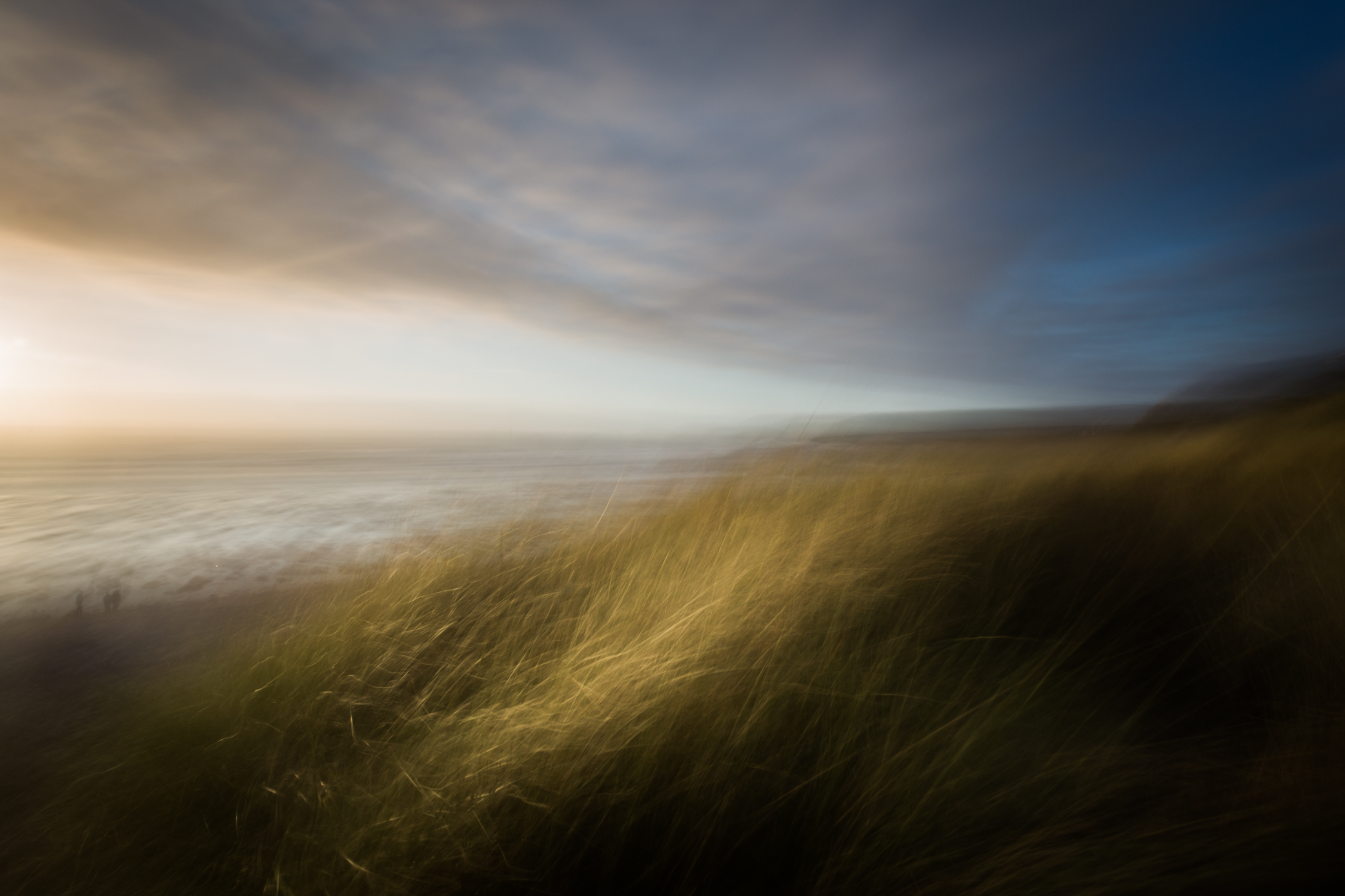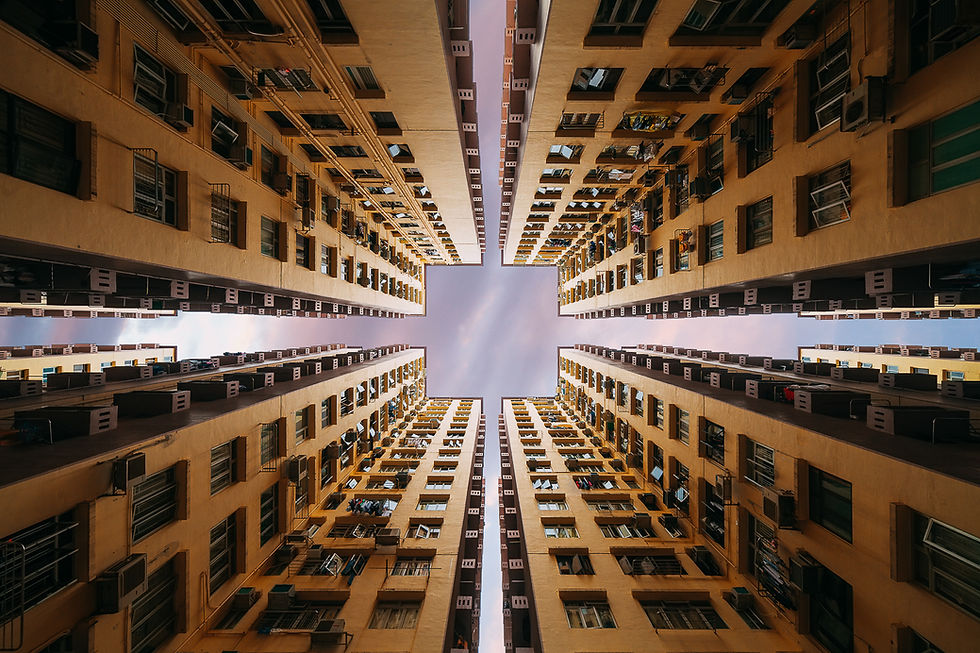Inspirations (6): Peter Stewart
- Mark Cornick

- Dec 8, 2015
- 7 min read
Updated: Aug 26, 2021
Welcome to the "Inspirations" series, interviews with photographers who are creating consistently outstanding work. Meet Peter Stewart, a travel photographer currently based in Hong Kong, who is shooting some amazing imagery in some of the most exciting parts of the world.
You can find Peter on the internet in these places:

Q) Could you tell us a little about yourself, where you are based and your background into photography?
I’m an Australian self-taught photographer specializing in travel with a focus on cityscapes and urban architecture. I’ve been taking pictures now for about 6 years. Back in 2009, I purchased my first ever camera, a Canon 1000D with the 18-55mm kit lens. At the time the intention was just to have something to document my vacations really. Keep in mind that this was a time before smartphone cameras were used for holiday snaps, and even I knew then that point & shoot cameras were rubbish.
Also at this time, I was making a big move back to Australia after living in the UK for 12 years. I used this opportunity to travel a bit and ended up exploring various countries in Asia given the ease of travel with cheap flights in the Asia-Pacific region. Around 2012 I recall starting to take my photography more seriously, in the sense that I was no longer traveling somewhere just for recreation, but with specific intent to document specific locations.
The past two years in particular I had been traveling more and more, so earlier this year I made the decision to leave Australia for good and live as a “digital nomad” full time. I’m currently based out of Hong Kong which I use as a kind of base in order to branch out to other areas in the region.

Q) What is it that has drawn you to being a travel photographer - what are some of the positives, and on the other side, the negatives?
I never gave much thought as to how things would evolve with my photography. I feel like I slowly fell into the theme of ‘travel' over the years as my portfolio grew. The biggest plus side of doing this type of work is not only getting to see and experience these amazing sights yourself, but also inspiring others to travel more and promoting local tourism. It’s always a great feeling when I get a message in my inbox from someone who decided to visit a foreign country based off the appeal of an image I had taken.
On the flip side, the most difficult aspect of travel photography is often the locations themselves. I’ve always said that my photographs lie. They don’t tell the whole truth. If I could use the example of sunrise at Angkor Wat in Cambodia. This is a classic travel image of the sun rising over the ancient temples with the motionless lake in the foreground. It’s a picture that provokes feelings of peace and tranquility, and it’s devoid of human interference. What you don’t see however are the lineup of 500 tourists all clambering for limited space to take the exact same shot. Obviously they have as much right to be there as you do, but it does spoil a bit of the magic.


Q) Im fascinated by your project “Stacked", Could you tell us a little bit about how the project came about, how you find your locations? I would also love to know about how local residents etc have reacted to you shooting in their blocks?
Peter has been photographing the densley populated housing developments in Hong Kong, displaying the amazing architecture, character and atmosphere of these developments.

My interest in Hong Kong’s public housing started a couple of years back, when a friend took me to one of the large blocks of high rises to take pictures. At that time I had outgrown most of the touristy locations in the city and was keen to branch out and explore more of the gritty neighborhoods. Conveniently I had recently purchased a 14mm wide angle prime so it was really the perfect match for this type of photography.
I would scout locations using Google Earth searching for specific shapes or buildings with open courtyards that fit the bill. Also, a large Instagram community of like minded photographers were also chasing the same goals so we would sometimes meet up and go scouting for locations together. The great thing about Hong Kong is that you don’t have to venture very far to find interesting spots to shoot, provided your eyes are trained to look for the right things.

The majority of the time these images are taken at ground level, so it’s generally within a public rest area or walkway in-between buildings. I try not to draw much attention to myself when doing these shots and most people don’t even notice you. I’ve had a few older generation folks give me salty looks but mostly they don’t care to engage. It’s the security guards you have to watch out for. I’ve been kicked out of a fair few locations as soon as they’ve noticed the tripod on my backpack! You get a feel for the location depending on whether it’s in an area where foreigners look out of place, or if it’s a private vs government housing residential building.
Q) For a photographer visiting Hong Kong for the first time, what are the must visit areas and sights?
If you come to Hong Kong with photography in mind then you are in the right place. One of the best aspects of the city is that it caters for all manner of photography themes.
You have the cityscape obviously with the mass of skyscrapers, offices and residential towers. You have countless markets and alleyways to explore for street photography. There’s the Buddhist temples and food stalls for a slice of Chinese culture. If you’re into nature there are locations here for wildlife photography, and out near the border with China are mountainous ranges suitable for astrophotography.


Q) What do you have planned for your photography in 2016?
I’m thinking for next year I would like to do a trip across Western Europe, with an aim to get back into more colorful, travel/landscape photography as I was doing in 2013/2014. The past year has mainly seen me focused on big cities and architecture and I think it’s time to move onto another theme for a bit.
Q) Post production features heavily in your workflow - do you have a particular look in mind when you are shooting a location, or does it develop organically during the post production process?
I would say the majority of the look comes about during post-proccessing. My main thoughts when setting up for a shot are to make sure framing and composition are right, e.g. lines and horizons are straight, no distracting elements in the frame etc.
I’m always shooting in RAW, so I usually pay minimal interest to White Balance, and as far as exposure goes, I tend to bracket my shots for exposure blending. This gives me the freedom later on if I decide I want a high or low contrast image.

Q) What photograph you have taken means the most to you and why?
I took this image during a visit to Miyajima Island in Japan. I was lucky enough to witness a traditional wedding taking place and granted permission to take some shots of the bride as they moved towards the temple. Although I have other angles showing her face, I’ve always personally loved this image I took with her face partially obscured and the umbrella on display. I rarely do any kind of posed portrait images so this one feels a little bit more special to me.

Q) I was reading one of your own blog posts where you were discussing the shooting on film VS digital debate. Could you tell us what you find appealing about shooting film and why you still use film?
I have a certain fondness for film that is hard to explain. I blame Steve McCurry and his Nat Geo work from the 80’s and 90’s when he shot on Kodachrome, it has a gorgeous look and feel that is impossible to replicate.
Anyway, not long after I started getting into photography I had my Uncle’s old Pentax SLR handed down to me and began experimenting (badly) with various films. There was always something about the process that appealed to me the most, and the anticipation of waiting on the results and seeing if you nailed the shot or not (mostly not). I still try and shoot a roll of two a month, either with my Nikon F3 or my recently acquired Olympus MJU-II point & shoot. There is no argument to be made about either medium being superior to the other. Digital will always be my primary method of capturing images, but for fun I still shoot film purely for the joy of photography. It also helps me when I run out of ideas for things to shoot, I’ll grab the film camera and it forces me to be more selective in what I choose to photograph.
I have always told myself that when I ever make it over to India, all I want is a film camera and endless rolls of Ektar 100 film.

Q) Do you have any advice for any budding travel photographers?
Ahh the ultimate question. The road for me has been long and slow, many nights living off ramen and staying in $5 a night hostels. It’s not a job that will make you rich nor famous when you look at the amount of competition that faces you. The number of talented photographers out there is staggering, and getting noticed amongst the crowd is no easy task.
If you can self fund yourself and have a passion for travel then you will have unforgettable experiences no matter what. It will obviously take time to build a portfolio so you have to accept that magic won’t happen overnight.
The best tips I can give are to make use of as many social media networks as you can handle managing. Keep posting up fresh content regularly and eventually one will stick and start to gain momentum.
My favorite at the moment is Instagram, it is the most ‘social’ of all the social networks and very easy to find like minded photographers and for them to find you. Remember that companies like airlines and tourism operators use these networks too and with the use of hashtags it makes it a lot easier for them to find photographers and images that fit with their brand.
500px is another network that can be good for selling stock images. You can license your work though them and keep 70% profit of any images sold.

Many thanks to Peter for providing a fascinating insight into his world of travel photography, and sharing some of his amazing images with me.




Comments